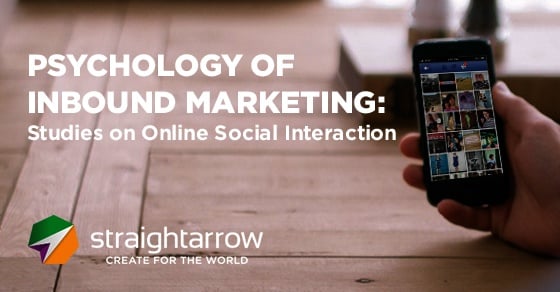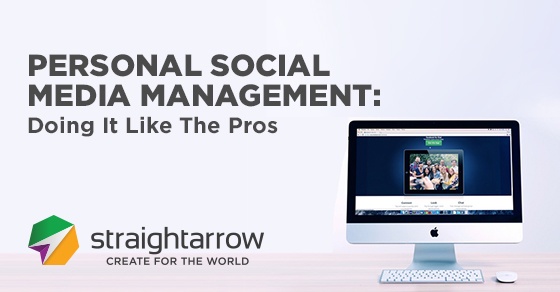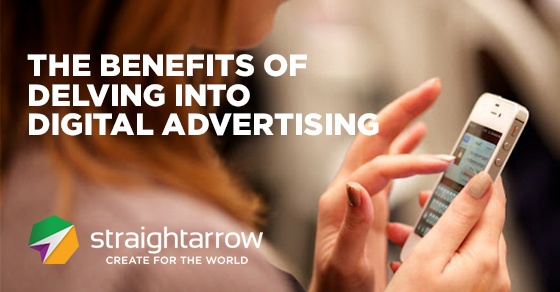
Technology continues to change the way people interact with products and how marketers promote them. More researchers are becoming interested in the way tech, digital, and marketing intersect with our lives and influence our social behavior.
Because of this, there has been a wide array of psychological studies in different fields seeking to gain a fresh understanding of what makes us tick — or reconfirm what we’ve thought to be true about our social and behavioral patterns. We’ve delved into three interesting studies examining the influence of social interactions in the digital space on our tendencies to act, and shared their best takeaways for you to incorporate into your marketing strategies.
Social Contagion

In their 2014 study, researchers Risselada, Verhoef, and Bihmolt wanted to figure out how social influence exerted by other people spurred other individuals into adopting new high-technology products — in this case, a smartphone. What piqued their interest in this topic was the decreasing effectiveness of traditional marketing channels on consumer behavior in this vertical. Additionally, previous thinkers theorized that social influence stayed constant after the product was introduced. In today’s social and information-driven world, the researchers wanted to examine if this was really the case.
They found that even if one accounts for a brand’s direct marketing efforts in promoting the smartphones, social influence still significantly affected whether consumers would adopt the product. This influence would get stronger the closer and more similar someone was to someone who was already in possession of a smartphone.
Interestingly, these results were also affected by time elements. “Strong ties are most persuasive shortly after adopting a product,” while the effect of similarity was more pronounced in the long run.
Takeaways:
-
Word-of-mouth marketing is still as relevant as ever in the digital age.
-
To merge these findings with digital marketing strategies, target your audience appropriately and show them case studies or testimonials from people similar to them. Understand their pain points and show them how you’ve helped others with similar problems.
Read the full study here.
Response to “Viral” Facebook Marketing

Different businesses from varying industries have increasingly been taking advantage of Facebook as a medium for getting their marketing messages out there. In this study by researchers Schulze, Scholer and Skiera, “viral” Facebook marketing is examined, with the term “viral” referring to social sharing mechanisms and popular games such as FarmVille and the famous Hotmail signature employ. These are the applications that portray the effects of marketing through automated messages and invitations sent by friends trying out the product.
What the researchers wanted to find out is whether these same social sharing tactics can be employed for products deemed more utilitarian, “which consumer value is the result of product usefulness, rather than fun.” In their study of 751 products, they found that utilitarian products cannot rely on the same sharing mechanisms that fun-oriented ones employ because these tactics just don’t fit with consumer expectations. For low-utilitarian products such as music and games, social sharing settings that worked include incentives and suggestions that users recommend the product to their friends.
Takeaways:
-
One size does not fit all when it comes to social marketing. Consider what kind of product you’re promoting and what type of messaging and content best suit it.
-
Know your social media channels and their own distinct “personalities.” Twitter and LinkedIn are more business-minded than Facebook is, for example.
See the full article here.
Social Media Customer Value = Social Value + Content Value

It’s always important to ensure that users of each social media site gain some sort of value from them. After all, no one would be on Facebook, Twitter, LinkedIn, and the like if they didn’t derive some sort of benefit from each network. According to their review of related literature, Jiao, Gao, and Yang described total “customer value” as user perceptions of benefits exceeding the costs when they use social media.
They further divided this type of value into two: social value achieved by users with a feeling of belongingness in certain groups, and social media users fulfilling their content value by absorbing, sharing, and generating content. The researchers wanted to find out how customer value, taken in the chunks of social and content value, can affect an individual’s flow experience (a mental state where the person performing an activity is in full enjoyment, engagement, and focus).
They found that what influences a person’s social value is their interdependent self-construal, or the extent of which they value interconnectedness and group harmony. On the other hand, a person’s perception of content value was influenced by their independent self-construal, or their tendency to assert their individuality and uniqueness. All of these combine to improve a user’s flow experience.
Takeaways:
-
Social media doesn’t only bring value through letting people connect and interact with others. People also like social activities that let them exhibit their own unique personality.
-
On the other hand, different types of people can have different ideas of what engagement could be on each social media platform. The person who would comment on a piece of content on Facebook may not be the same person who would share it onto their own timelines!
Access the full study here.
Trends in inbound marketing come and go, and something is always the next big thing on social media. However, meticulous and thorough research papers like these can be constant sources of information for creative communicators to learn more about the underlying direction of our social behavior.
If you’re interested in reading more about the psychology behind marketing, check out our first blog on this topic, the Basics of Cognitive Dissonance. After that, talk to us - let's put all that research to good use for your brand.









Comments